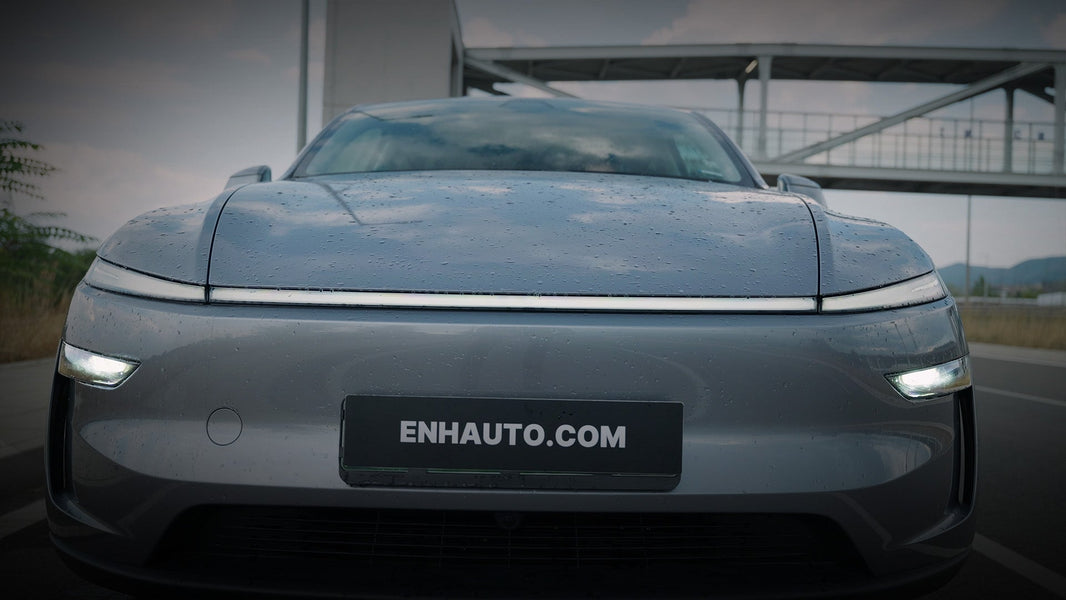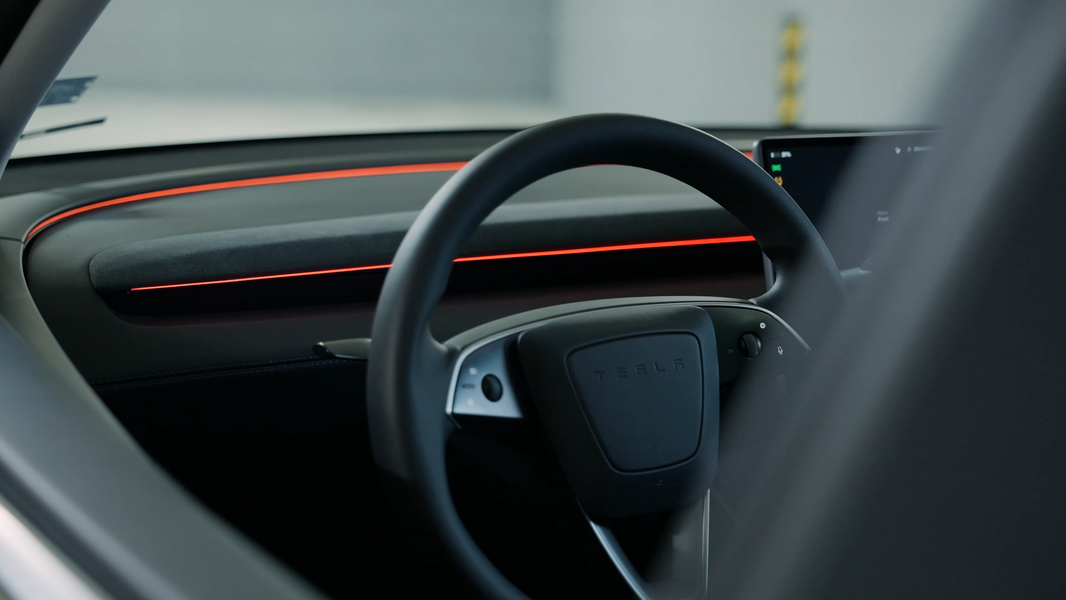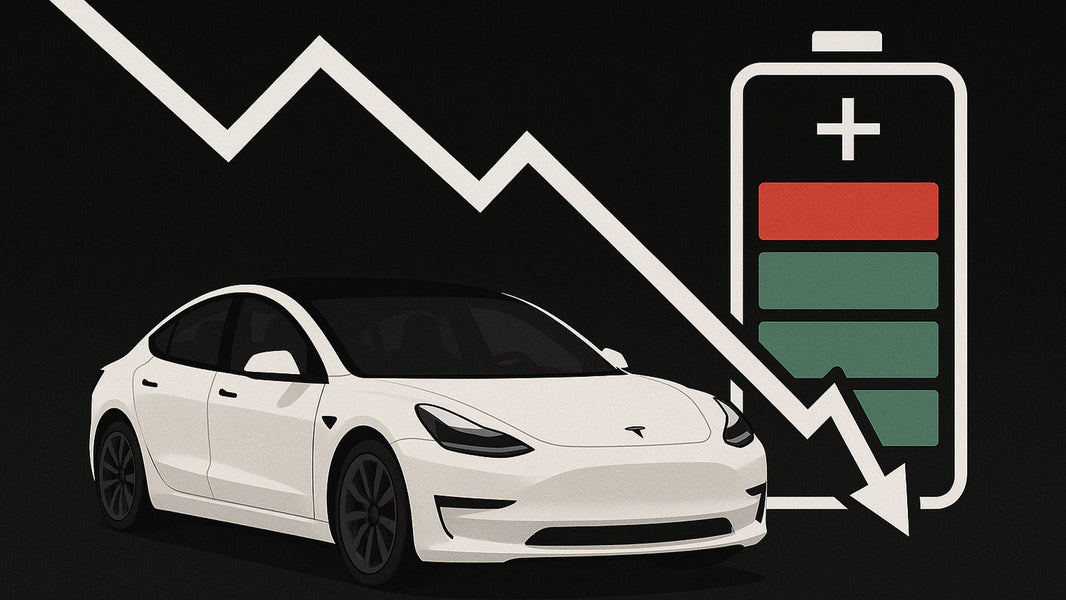Tesla Summer Guide

As the weather is getting hotter by the day, with outside temperatures reaching 34℃ and above, there are certain things every Tesla owner should be aware of to protect their vehicles from the scorching heat and ensure comfort for themselves and their passengers.
Cabin Overheat Protection
Tesla developed a handy feature, called Cabin Overheat Protection, that would prevent your vehicle from getting dangerously hot when parked under the sun. It turns on the air conditioning and/or the fans to keep the cabin temperature under a pre-defined threshold. It can run for 12 hours straight (assuming you spend that time outside of your car) or until your battery goes below 20% SOC, whichever comes first.
To activate it, go inside the vehicle’s settings from the Main Screen and navigate to the Safety section, then simply enable the feature at the top of the page, or do it via the Tesla app > Climate.
The Cabin Overheat Protection is extremely beneficial for the following reasons:
- Comfort: It ensures your interior is nice and cool when you and your passengers get back inside.
- Protection: Although Tesla’s interior components were designed to withstand high temperatures, this feature gives them an extra layer of protection from overheating. We are talking about things like all the plastic parts, the leather seats and steering wheel, and more sensitive components like the Main Display.
However, you should keep in mind that using this feature for an extended period will drain a lot of your battery. We recommend having it on at the highest setting, so the car does not consume too much energy.
Air Conditioning: Power Consumption
Earlier, we mentioned that cooling off your Tesla will consume a lot of battery power. But how much exactly?
Well, ADAC conducted a test to find out exactly that, using a 2024 Tesla Model Y. To replicate summer conditions, they set the lab’s temperature to 35°C and used a lamp to simulate sunlight. Inside the Model Y, the HVAC temperature was set to 20°C, and they left it for 8 hours straight. After the final results came in, ADAC found that the car consumed 12 kWh throughout the test, which translates to around 1.5 kWh per hour.
For context, during winter, we tested the heat pump’s efficiency on our 2024 Model 3 at an outside temperature of 0°C. We found that the battery consumed 1.1 kWh in 2 hours, warming up the cabin from 8.4°C to 24.5°C. The final results from the ADAC’s test are about 2 times higher than our winter test.
So, if you want to get the most out of your range, make sure to keep the A/C at a temperature closer to the outside one unless, of course, you want to prioritize comfort.
Extra Tip
If you want to minimize battery consumption, you can lower the windows to cool off your interior at least to a certain degree before getting back inside. You can do so from the Tesla app as well by going inside the Climate section and selecting Vent. This method is not as effective as the above-mentioned, so it’s important to make your priorities straight - do you want to optimize range or comfort?
Tell us down in the comments what the efficiency of your Tesla is during the summer.







